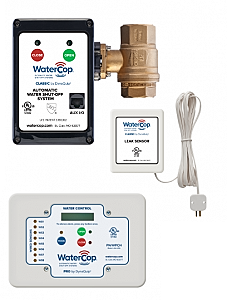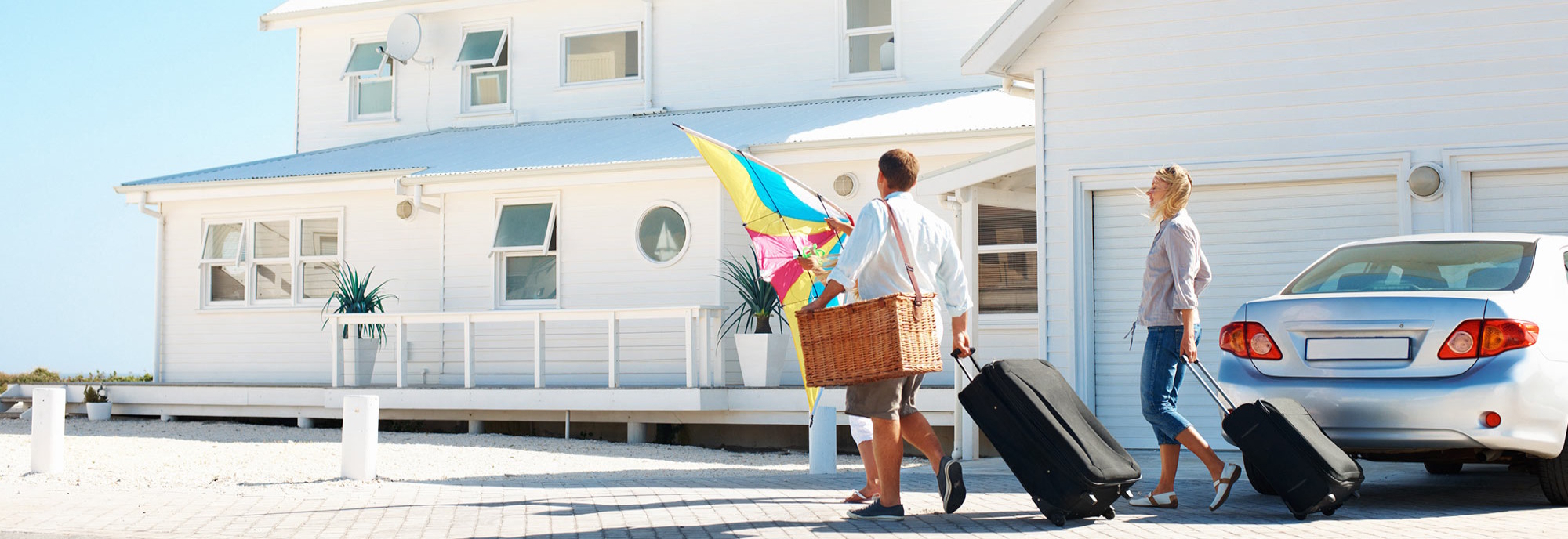A lot has changed since the COVID-19 pandemic began in the early months of 2020, including a greater number of people spending more time at home, and a dramatic increase in the remote workforce. In fact, a recent Gallup poll indicates that nearly 60 percent of people in the U.S. are now permanently working from home with no plans of changing their routine.
Home, however, is a relative term and because remote workers can typically connect with their companies and customers from virtually anywhere, vacation home sales have risen by over 16 percent over the past year. With many businesses and employers continuing to offer remote work options, vacation housing and second homes are on track to remain a popular choice among buyers for years to come.
While the prospect of owning multiple properties is appealing to some, it does not come without challenges or risks. “Obviously, I can’t be in two places at once,” said one Midwesterner who recently purchased a beachside house to escape cold, Chicago area winters. “How can I be sure both of my homes are safe and secure when my family and I aren’t there?”
Start with the basics to protect your homes from water damage.
“That’s a common question and people are constantly seeking ways to protect their largest investments,” said Dena Aholt, Technical Sales Specialist at WaterCop. “While there are many things to consider when safeguarding a home, WaterCop can help to avoid the headaches of water damage, which costs homeowners in the U.S. over $11 million each year.”
From people with second homes to property management professionals that oversee multiple locations, Dena says she receives constant questions about protecting houses from water damage. She adds that it begins with the basics and regular maintenance goes a long way toward preventing water damage in and around a home.
Some of these practices include: disconnecting garden hoses when not in use, especially in colder weather, to avoid freezing (and bursting) pipes; cleaning gutters and spouts that can result in roof and interior water leaks; checking water pressure – if it is set too high, plumbing and pipes may fail under the pressure; maintaining all appliances, including refrigerators and freezers that contain large amounts of water; and monitoring water bills – an unexpectedly high amount may indicate a slow leak or other plumbing problem.
Install water detection devices to add a higher level of protection.

To give your home added protection from water damage, Dena suggests installing water detection devices. These small electronic devices sound an alarm when they detect moisture and can help to uncover slow leaks (that often go unnoticed) before they become major issues that can cause catastrophic home damage.
“Our WaterCop system offers all of these benefits but goes a step further,” says Dena. “The WaterCop system utilizes an automatic shut-off valve installed on the water supply line of a home or commercial building. When sensors detect a leak, a signal is sent to the shut-off valve and water flow is quickly stopped to downstream areas reducing the chance of major flooding.”
For second homeowners who are often away from a property for large amounts of time, Dena adds that WaterCop features a “SmartConnect” WiFi and mobile app interface that can provide alerts, notifications, and remote control of the WaterCop system. She believes it’s the protection and peace of mind that every homeowner deserves.
The easy way for vacation and second homeowners to keep it simple.
Now, maybe there is a way to be in two places at once. If you would like to learn more about what WaterCop has to offer, we invite you to explore the details within our website or feel free to contact us at 800-545-3636. Think of it as the simple and convenient way to help protect your home from catastrophic water damage.
